
The Milky Way is only one system and may not be typical of how other galaxies formed. That's why it's critical to find similar galaxies and compare them
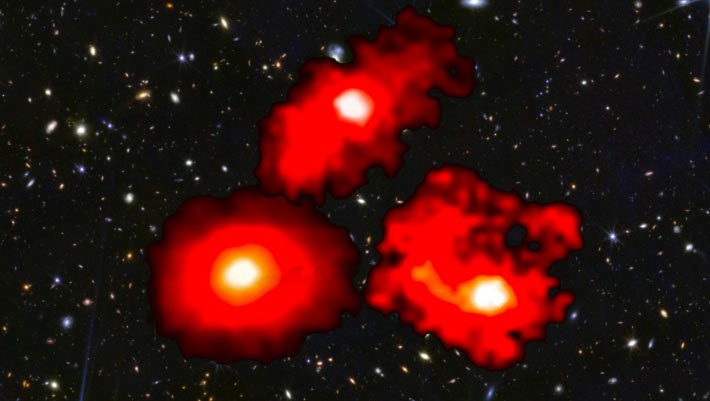
Astronomers using the NASA/ESA/CSA James Webb Space Telescope have discovered three ultra-massive galaxies -- nearly as massive as our own Milky Way Galaxy - already in place within the first billion years after the Big Bang.
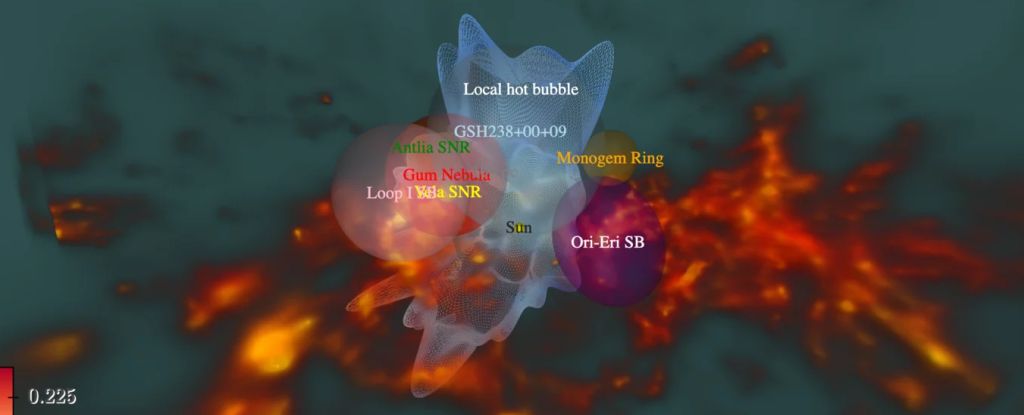
Our star resides in the Local Hot Bubble (LHB). Now a team of astronomers has mapped the bubble, revealing the presence of a mysterious tunnel pointing towards the constellation Centaurus.
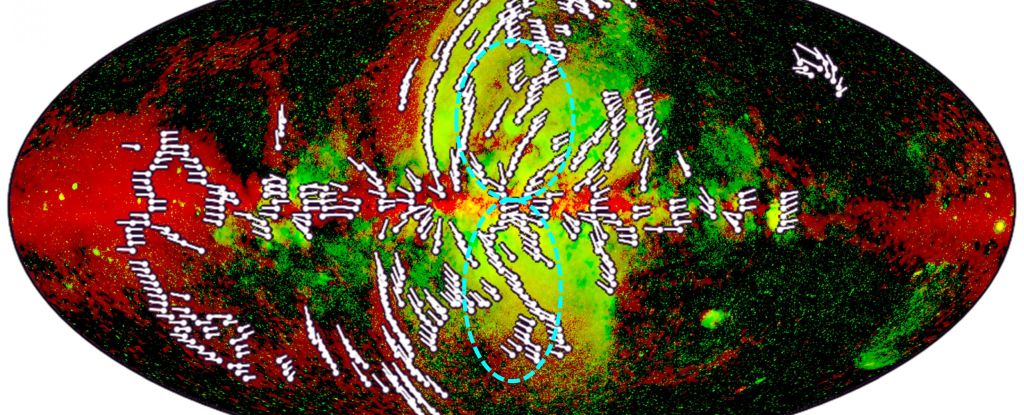
By studying hot gas glowing in circumgalactic space, astrophysicists have found evidence of enormous magnetic fields that wind through and around our galaxy's dark matter 'halo'.

A newly discovered cluster-scale strong gravitational lens, with a rare alignment of seven background lensed galaxies, provides a unique opportunity to study cosmology.

The latest discovery used the Hubble Space Telescope (HST) to spot three bright, visible light 'hot spots' deep inside a pair of colliding galaxies.

For years, astronomers thought it was the Milky Way’s destiny to collide with its near neighbor the Andromeda galaxy a few billion years from now. But a new simulation finds a 50% chance the impending crunch will end up a near-miss.

Two giant clusters of galaxies observed in the process of colliding are going so hard that their dark matter has basically detached from normal matter and flown ahead.

In a remarkable discovery, astronomers have found a disc around a young star in the Large Magellanic Cloud, a galaxy neighbouring ours. It’s the first time such a disc has ever been found outside our galaxy.
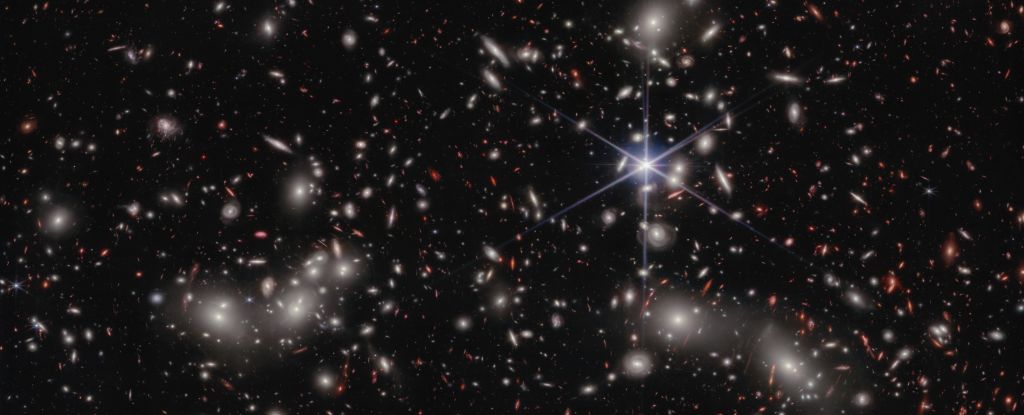
According to data from the Hubble and James Webb Space Telescopes, the origins of the free-flying photons in the early cosmic dawn were small dwarf galaxies that flared to life, clearing the fog of murky hydrogen that filled intergalactic space.
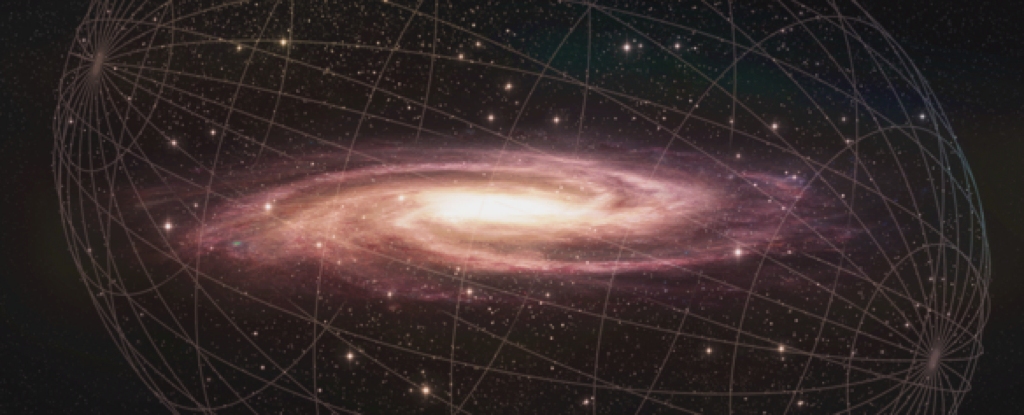
The two new satellites, named Virgo III and Sextans II, were discovered in a region of space already crowded with more dwarf galaxies than models of dark matter predict.

The Milky Way is only as massive as it is because of collisions and mergers with other galaxies.
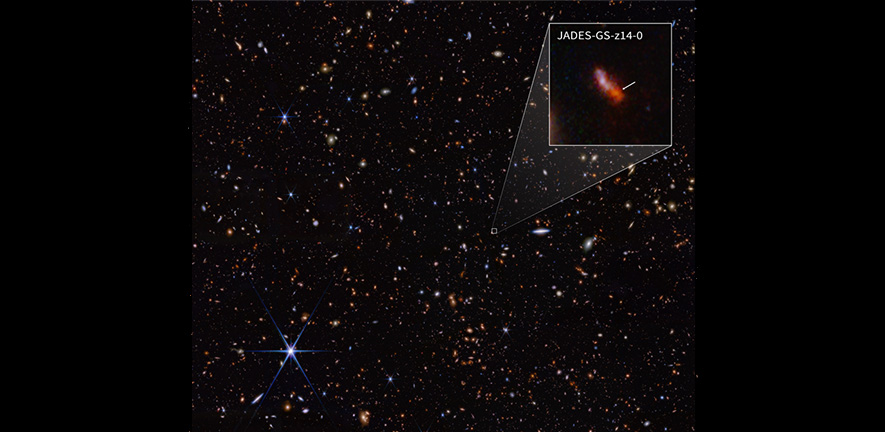
The two earliest and most distant galaxies yet confirmed, dating back to only 300 million years after the Big Bang, have been discovered using NASA's James Webb Space Telescope.
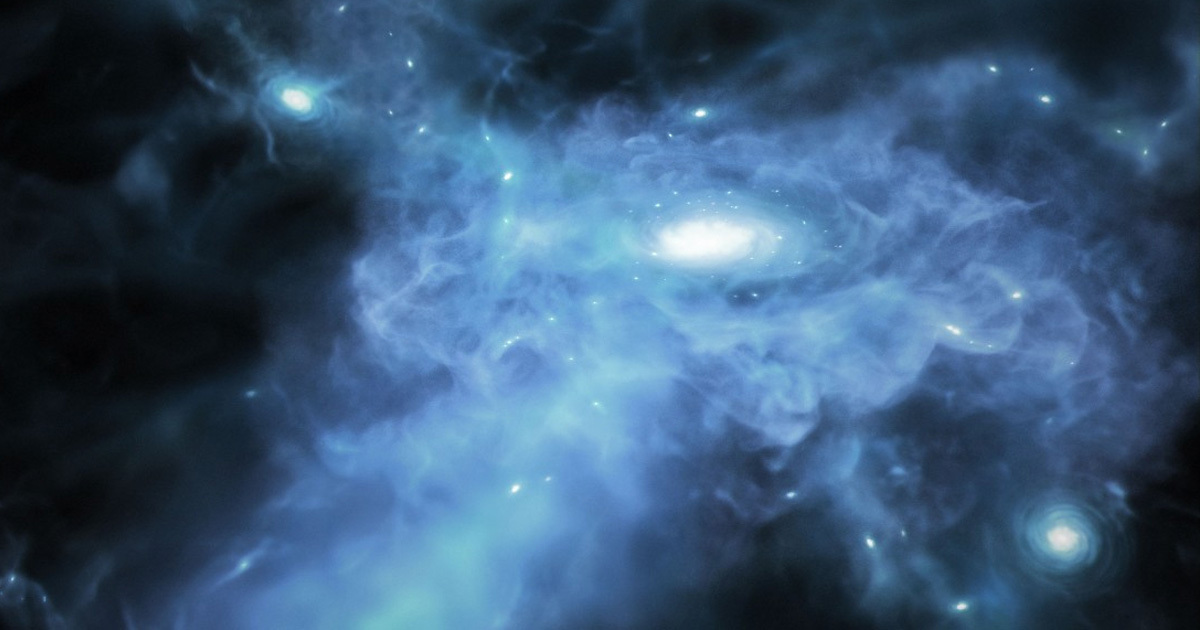
Using the James Webb Space Telescope, researchers observed the birth of some of the youngest galaxies ever witnessed.

MeerKAT telescope has already achieved some great results, from detecting giant radio galaxies to studying the centre of our own galaxy, the Milky Way.